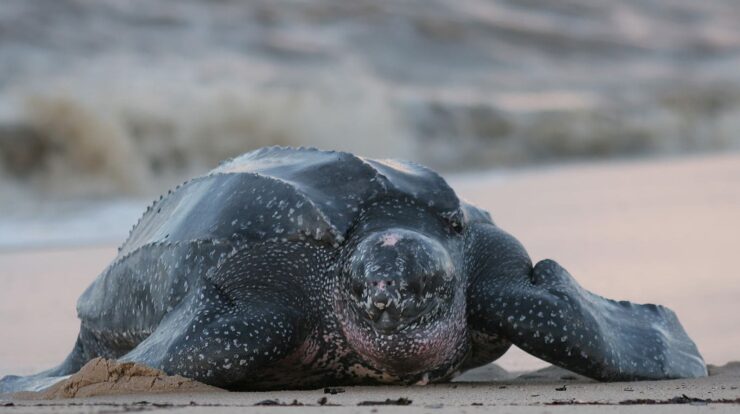
Turtles are among the longest-living animals on the planet, with some species capable of living for over 100 years and certain giant tortoises reaching ages well beyond that. This incredible and awe-inspiring longevity has fascinated scientists and ocean enthusiasts for generations.
However, what sets turtles apart as particularly longevity-focused creatures when contrasted with others? A combination of their biological makeup, unhurried lifestyle, and distinctive evolutionary adjustments contribute significantly to their exceptional lifespans.
A Leisurely and Gradual Approach to Life
The leisurely speed at which a turtle moves isn’t merely an identifying trait; it’s also why these creatures can survive for such extended periods. A major factor contributing to turtles’ longevity is their unhurried lifestyle. In contrast to numerous other species, turtles use up minimal amounts of energy during daily routines.
Their sluggish metabolic rate aids in conserving energy and reduces the physical strain on their body over time.
Moreover, this unhurried way of living permeates all aspects of turtles’ physiology. They exhibit gradual growth patterns, have a relaxed reproductive cycle, and typically steer clear of stressful scenarios. Such a laid-back existence minimizes their chances of sustaining injuries and aids in warding off predator threats, particularly among bigger varieties equipped with robust carapaces.
In the wild, minimizing stress and conserving energy can make a massive difference in survival, particularly for animals with such long lifespans.
By embracing a low-stress, low-risk way of life, turtles encounter fewer injuries and reduced overall stress on their bodies. For these creatures, slow and steady indeed leads to a longer existence.
A Protective Shell
A turtle’s shell plays a vital role in extending their lifespan as it serves as an innate protective mechanism. The shell shields turtles against threats posed by both predators and various environmental hazards. This safeguarding significantly enables them to evade life-threatening wounds which typically lead to shorter lifespans for creatures without such armor.
Unique Biology and Genetics
In addition, turtles possess various distinctive physiological traits that help decelerate the aging process and exhibit lesser declines in both physical well-being and reproduction compared to other species. Numerous turtles maintain their vigor, robust immune systems, and capability to procreate despite advancing years.
Their cells likewise serve a crucial function. turtles possess remarkable capabilities when it comes to mending broken strands of DNA, which shields them against numerous ailments and age-related deteriorations. Furthermore, their immune systems operate very effectively, enabling them to combat infections and sicknesses better compared to many different types of animals.
Lessons from the Wild
The environments in which turtles live also play a role in their longevity. Many turtles inhabit ecosystems where food is plentiful and predators are scarce, especially once they reach adulthood. Species like the Galápagos tortoise and the Aldabra giant tortoise, which live on isolated islands, have fewer natural predators and less competition for resources.
These factors create conditions that allow these turtles to thrive for exceptionally long periods.
However, turtles are not immune to threats even with all these natural advantages. Habitat destruction, pollution, and poaching have put many turtle species at risk. While their biology equips them for long lives, their survival ultimately depends on the health of their environments.
Up Next:
-
Here Are the Largest Fish Species in the World, Ordered by Size
-
17 Creatures That Face No Predators In Nature
-
15 Creatures That Intimidate Wolves
The post
Why Do Turtles Have Such Long Lifespans?
appeared first on
Globe Grazers
.






